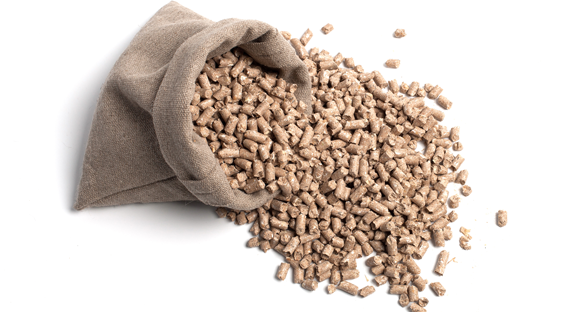
Image: Adobe Stock (Licensed)
Estimates from Sindirações indicate that feed production could grow by 2.3% in 2021, reaching 83.4 million tons.
But how will the market for vitamins for poultry, pigs and ruminants behave? Is it the best time to buy? Or is the recommendation to wait for a more suitable scenario?
Alexandre Camargo Costa, Brazil managing partner at FNF Ingredients, shares below some important tips about this scenario so that you can make the best decisions regarding vitamins A, B1, B9 Folic Acid, B12 1% HPLC and C Mono / Coated / 35% .
{module Form RD}
Check out:
Point one: high demand for vitamin A
Despite the various uncertainties that directly affect prices and the vitamin A market, some activities can clearly be considered as determining factors in boosting demand for this vitamin, such as the growth of the animal nutrition market, the export of chickens and pork accelerated, the high cost of international freight and delays in shipments from China. Everything will depend on whether one of the biggest vitamin A players manages to return to the market this year. Currently, in the Brazilian market, there are two demands for vitamin A: product with ethoxyquim and product free of ethoxyquim.
Point two: vitamin B1 mono with stable prices
Regarding vitamin B1 mono, everything indicates that prices have stabilized on the market. Availability is not a problem and the market's interest in purchasing the vitamin currently remains stable. There is the possibility of an increase in the prices of basic chemical products, which could lead to an increase in the prices of B1 mono.
Point three: expectations about vitamin B9 Folic Acid
The increase in raw material costs triggered the current trend of increasing prices for Vitamin B9 Folic Acid, but with clear expectations regarding how the market will actually behave in the coming months. The scenario, still uncertain, could be revived due to the importance of B9 for the formation of structural proteins. Folic acid production is concentrated in a few companies and the low production volume leads to recurring shortages of the product.
Point four: drop in the price of vitamin B12 1% HPLC
After a sudden drop a few weeks ago, prices stabilized at a lower level, which may not be maintained in the coming weeks, depending on market supply/demand and other elements, such as the relevant performance in animal production. It is necessary to carefully observe the market behavior and its characteristics. Everything indicates that this vitamin has already reached its production cost and the trend is for prices to rise.
Point five: high interest in Vitamin C Mono / Coated / 35%
Interest in vitamin C and its derivatives remains high and everything indicates that it will remain this way. Prices are firm and take into account different market scenarios, leaving little room for a forceful change immediately. The high consumption by the human nutrition and health market, driven by Covid, has greatly increased the demand for vitamin C.
For all these vitamins, shipping costs remain important, as they have reached records and are expected to increase even further in a short space of time.
Source: agrolink












